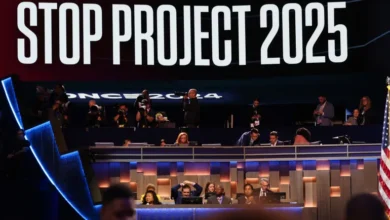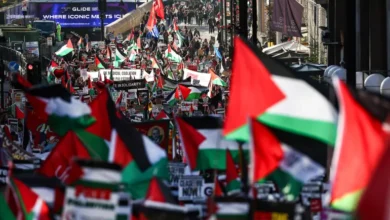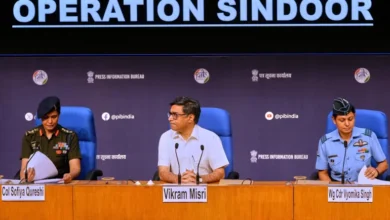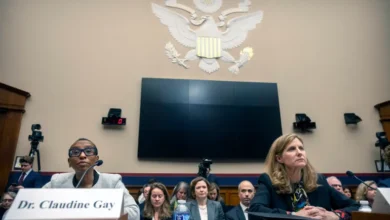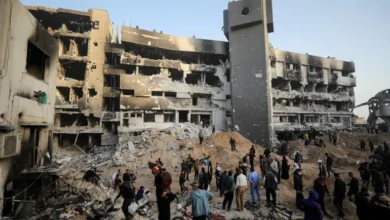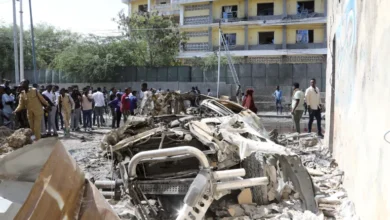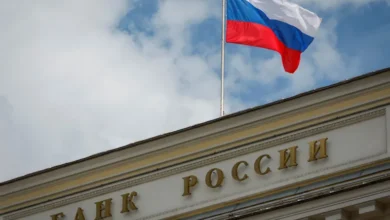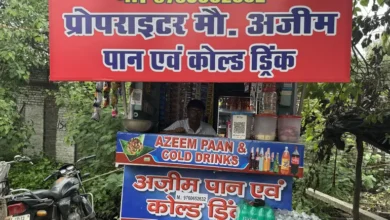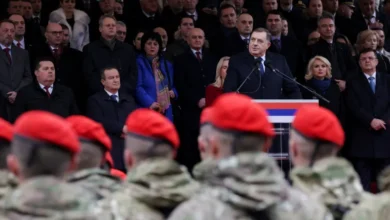The attacks on Iran didn’t achieve anything more than harm nonproliferation
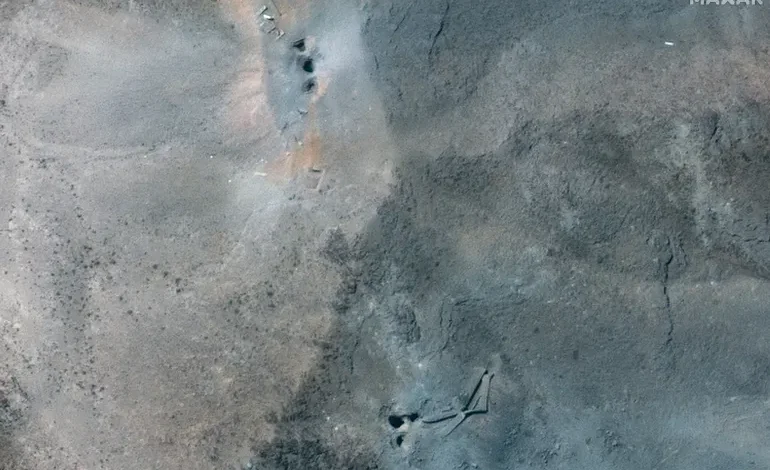
After launching direct attacks on Iran’s nuclear facilities, United States President Donald Trump was quick to declare victory. His administration claimed “the world is far safer” after the “bombing campaign obliterated Iran’s ability to create nuclear weapons”.
But in the aftermath of the strikes, there has been much deliberation about the extent to which the Iranian nuclear programme was really set back. As the head of the International Atomic Energy Agency (IAEA), Rafael Grossi, pointed out, craters reveal little about what survived deep below layers of concrete. The Trump administration admitted that at least one site was not targeted with bunker-busting bombs because it was too deep underground. The fate of Iran’s centrifuges and stockpile of 60 percent-enriched uranium remains unknown.While the extent of the damage that the Iranian nuclear programme sustained remains unclear, the nonproliferation regime that kept it transparent for years has been left in tatters.
Instead of curbing nuclear proliferation, this short-sighted military action may well intensify the nuclear threat it sought to contain, making not just the Middle East but also the entire world a far more dangerous place.
A well-surveilled nuclear programme
Until this month’s attack, Iran’s nuclear programme had remained a largely peaceful one.
It was launched in the 1950s with help from the US Atoms for Peace initiative. Over the following decades, it expanded to include a number of nuclear facilities.
Among them are the Arak heavy water reactor, which is now nonoperational; the Tehran Research Reactor, an installation built with US help in 1967 and used for medical isotope production; the uranium conversion and fuel fabrication complex in Isfahan; the Natanz nuclear facility, which is the country’s main enrichment site; the Fordow underground plant near Qom; and the Bushehr nuclear plant, which relies on Russian-supplied fuel and is the only one currently operational in Iran.In addition, Iran is constructing two other nuclear installations – the Darkhovin and Sirik power plant projects – but those remain in early stages.
All aspects of the Iranian nuclear programme were under meticulous surveillance by the IAEA for decades. The country became a signatory to the Non-Proliferation Treaty (NPT) in 1968, legally committing itself to forgo the pursuit of nuclear weapons and placing all nuclear materials under IAEA safeguards.
Iran signed a Comprehensive Safeguards Agreement in 1974 and declared 18 nuclear facilities and nine locations outside facilities (LOFs) where nuclear material was used. These included enrichment plants, research reactors, conversion and fuel fabrication facilities, laboratories and hospital sites using radioisotopes.
